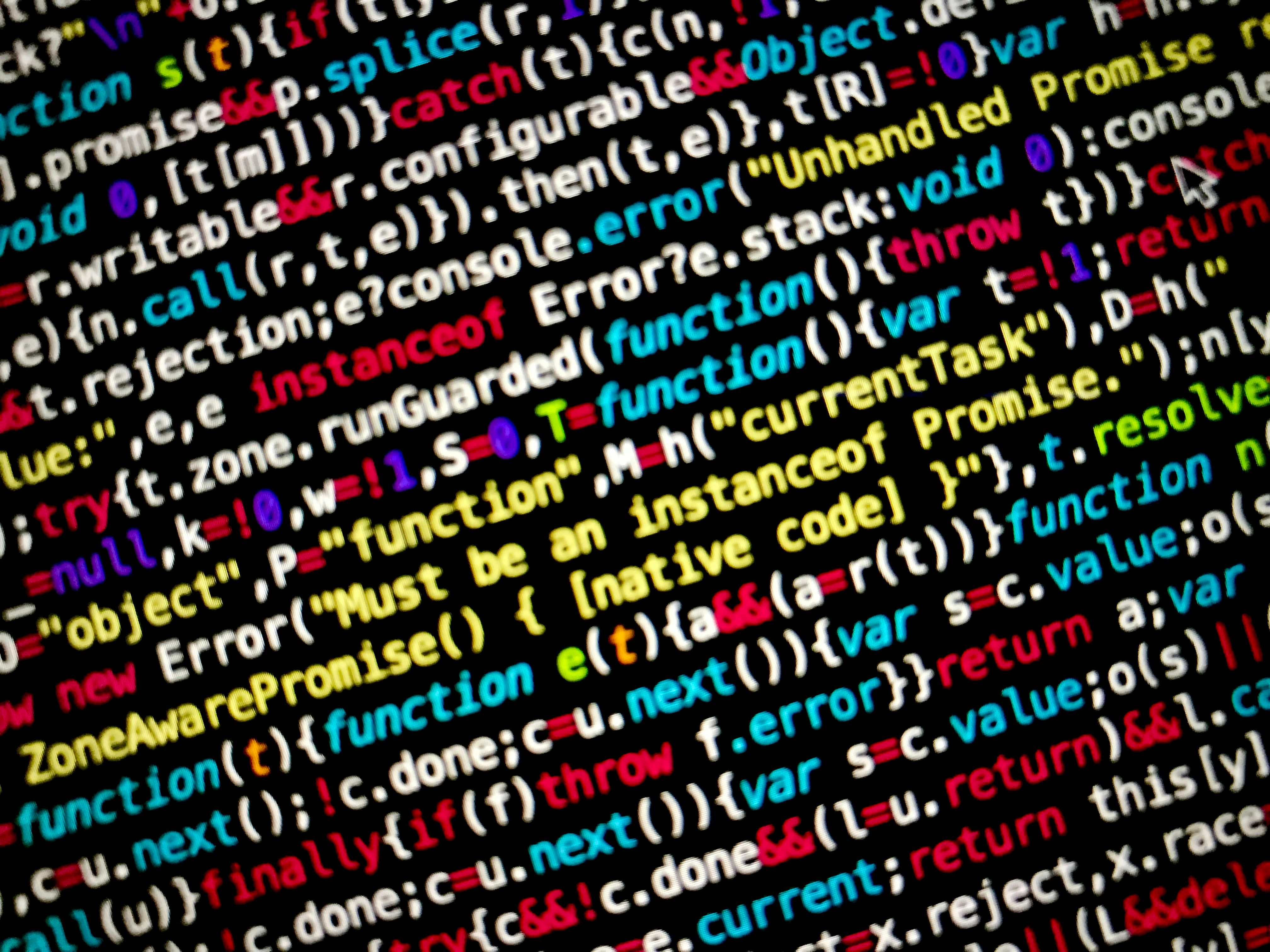AI Efficiently Decodes Nazi's WWII Enigma Code in Minutes - Significance in Today's Context
In a notable demonstration at the Imperial War Museum in London, a team utilized modern AI technology to replicate the Enigma code-breaking efforts of World War II pioneer, Alan Turing. The experiment, which yielded a decryption result in the span of a coffee break, underscores the extraordinary advancements in computing over the past eight decades. However, it also prompts profound questions about the future of encryption.
The Enigma machine, once a symbol of invulnerability for Nazi Germany, was a three-rotating-rotor device further complicated by a labyrinthine plugboard. With each rotor boasting 26 possible positions and an extensive number of plugboard wiring combinations, the Enigma code presented a daunting challenge. As Prof. Michael Wooldridge, a computer science expert at the University of Oxford, observed: "The number of possible ways in which a message could be encrypted was astronomically large, far too large for a human to exhaustively check."
Cracking the Enigma presented an insurmountable obstacle until Turing and his colleagues at Bletchley Park made critical headway. Armed with groundwork provided by Polish mathematicians, the British team developed the "bombes," automated machines that streamlined the brute-force search for valid Enigma settings. At their peak, when the correct code was known, these machines could decrypt approximately two messages per minute – a feat that would now take less than a second.
Fast-forward to the present day, when an AI model, trained on German using Grimm's Fairy Tales and aided by 2,000 cloud servers, managed to decrypt a four-rotor Enigma message in just under 13 minutes. Instead of brute-force methods, this AI employed probabilistic reasoning – a comparison of decrypted outputs to patterns within the German language. According to Lukasz Kuncewicz, Head Data Scientist at Enigma Pattern, the company behind the demonstration: "The AI was trained to look for German language, and then work out the statistical probability of the sentence decrypted being the accurate original."
Modern computing power, a stark contrast to the rigid brute-force methods of Turing's day, enabled this feat in mere minutes. However, this doesn't imply Turing's legacy has waned. "The bombes were crude hardwired mechanical computers," Prof. Wooldridge noted. "And the power of modern datacentres is hard to imagine. Enigma would not remotely be a match for these."
Nevertheless, the success of cracking an erstwhile unbreakable Enigma code raises pressing questions regarding the security of contemporary encryption in the digital age. While encryption systems like RSA manage to keep the internet secure for now, their longevity is uncertain. "In the case of RSA, it's the problem of factoring very large numbers," Prof. Wooldridge explained. "Brute force techniques-looking through all the alternatives-just won't work on these problems." As quantum computing draws near, the viability of RSA encryption remains ambiguous.
The implications of these advancements are far-reaching. AI's potential to crack codes that once seemed impenetrable could jeopardize passwords, personal data, and secure communications. Kuncewicz warned: "It's like a knife. It can save lives or it can take lives."
For now, most AIs necessitate human oversight, safeguarding against potential missteps that might declare nonsensical messages as meaningful cryptography. Yet, this boundary is fading as AI's capabilities expand. Perhaps Turing, were he still alive, might ponder over the remarkable advancements that followed in his wake – and wonder what other enigmas await yet to be unraveled.
- The demonstration at the Imperial War Museum, using artificial Intelligence to replicate Enigma code-breaking efforts, showcases the astonishing progress made in science, tech, and research over the last eight decades.
- Remarkably, a modern AI model was able to decrypt a four-rotor Enigma message, using probabilistic reasoning and powered by data-and-cloud-computing technology, in just under 13 minutes.
- As cybersecurity experts cautioned, artificial intelligence's ability to crack once-impenetrable codes could pose a threat to sensitive information like passwords, personal data, and secure communications.
- With quantum computing looming on the horizon, the longevity of encryption systems like RSA remains unclear, prompting concerns about the future security of data in the digital age.
- The AI's success in decrypting the Enigma code brings up profound questions about the impact of advancements in artificial intelligence on the field of encryption and the broader implications for technology, science, and the future.








